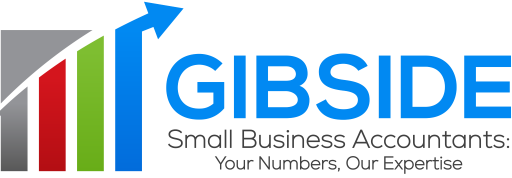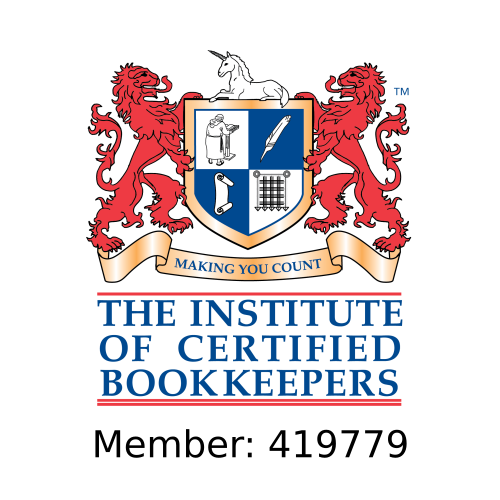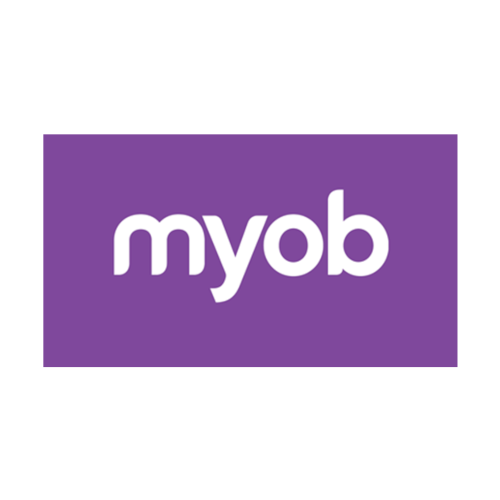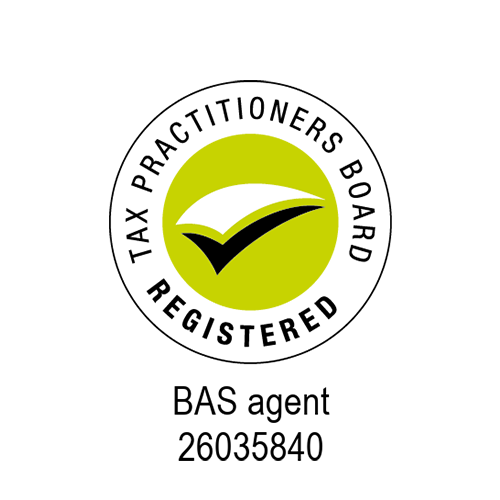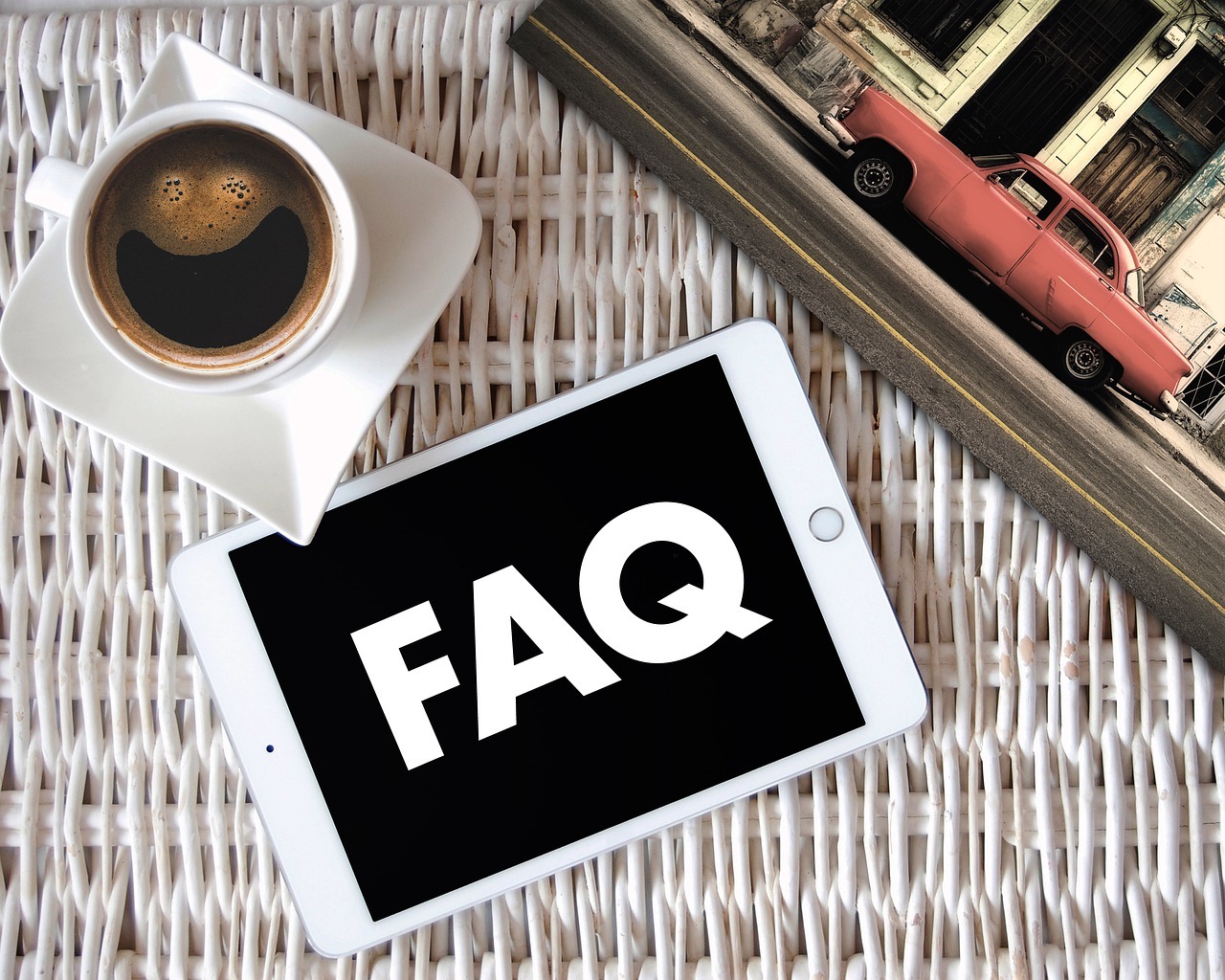
FAQ about small business balance sheets
Published on the 21st of August, 2023
Understanding balance sheets can be hard if you’re not a professional accountant, so let’s answer four key questions small business owners ask about balance sheets.
1. Why are fixed assets not shown at cost?
When a business buys fixed assets, like equipment or vehicles, it is recorded at the cost price. This cost price will include GST if you couldn’t claim it back, or exclude it if you did claim it back.
Over time, some assets lose their value. For example, if you bought a car for $20,000 four years ago it may be worth only $12,000 today. The yearly loss in value ($2,000 per year) is shown as depreciation.
The value on the balance sheet is the cost price less all the depreciation expenses to date (known as accumulated depreciation).
The cost prices and the accumulated depreciation are shown separately in the notes to the financial statements.
Why is this not the market value?
Generally, assets are depreciated at the maximum rates allowed by the Australian Taxation Office, which may be higher than the actual loss in market value.
Why are some assets valued at $1?
It’s an accounting convention to list an asset at $1 when it’s fully depreciated. This is to keep track of it until it’s scrapped or sold.
2. How is purchasing another small business recorded?
Let’s say you bought a small business for $50,000, which included $30,000 for assets and $20,000 for the client list, trademarks and potential future profits. This balance of $20,000 would be shown on your business’s balance sheet as goodwill, while the $30,000 in assets would be combined with your business’s existing assets.
But if the acquired business continued to trade separately from your existing business, the $50,000 would be shown as an investment on your business’s balance sheet.
3. Why do my long-term liabilities not match my bank statements?
It is an accounting convention to deduct the next year’s repayments from the long-term liabilities and move them to current liabilities. But the two amounts together should match your bank statements.
4. Which balance sheet items do lenders review?
A balance sheet provides a lot of financial information to lenders, like whether a business is solvent, profitable and managing its money well.
Solvency
If you add all the assets and deduct the liabilities, you will ideally have a positive balance. A negative balance may indicate the business is insolvent.
Profitability
For a company, the retained earnings figure on a balance sheet shows the amount of profit the business has earned and kept in the business from day one.
Retained earnings may be negative if the losses made over the years have exceeded the profits made. The notes to the balance sheet will show the previous and current years’ profits or losses so a lender can see if the loss is current or historic.
For sole traders and partners, only the profit or loss for the current trading period is shown. The previous year’s figures are added to the capital accounts.
Cash flow
Net current assets (current assets minus current liabilities) show whether a business’s short-term assets are sufficient to pay its short-term debts.
A positive value shows that the business probably can pay its liabilities on time. A negative value may indicate that the business is spending more than it earns.
The ratio between current assets and liabilities also indicates how easily a business can pay its short-term debts. An ideal ratio is 2:1 (i.e. current assets are double current liabilities).
